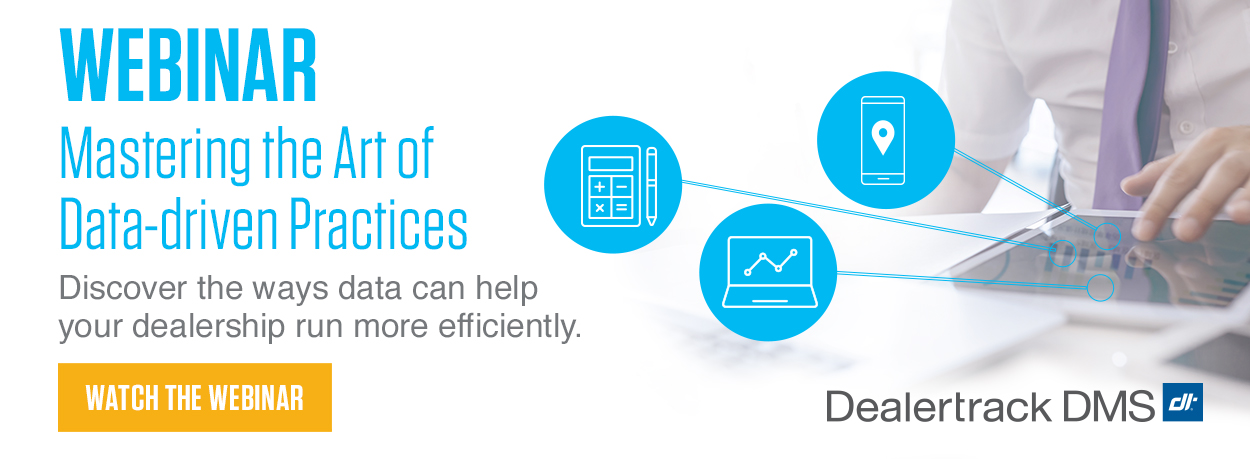Now more than ever, dealers are looking for ways to promote efficient processes that can stimulate healthy revenue flow for their business. After all, cash is king, especially when looking at the current state of the economy and preparing for future trends. To stay competitive, it’s essential for dealerships to look for solutions that will help speed transactional processing of the inventory they source and sell.
Dealertrack Sr. Business Development Director Joey Yates and titling specialist David King recently explored cash flow efficiency in a video chat from their respective home offices. Through their discussion, they offer interesting insights and best practices for optimizing your back-office processes to help promote cash flow at your dealership, not only today, but for every day moving forward.
Understand the key drivers of cash flow at your dealership
Did you know that one of the most viable sources for cash flow at your dealership today is trade-ins? Here are some areas to look at to ensure that your trade-in program is operating at peak efficiency:
- Inventory Sourcing – Source opportunistically, with cash flow in mind. When taking a vehicle in on trade, consider the speed of title receipt along with how fast you can recon the vehicle to determine when you can get to market and sell for cash fast. Vet your wins and employ a discerning eye towards trade and wholesale acquisitions to add to your inventory.
- Marketability – Assess vehicles’ marketability and target key advertising channels to provide optimal results and visibility for vehicles you are looking to sell. This is especially important in today’s economy, where dealers are seeing a glut of supply and less immediate demand.
- Process Efficiency – You want to move your inventory fast and keep holding costs and bottlenecks in recouping funds from hindering your cash flow. Use digital solutions to understand the payoff amount left on each vehicle (if any) and get the title released quickly. This will help with inventory turn – whether off the lot or at auction – and optimize cash flow for your dealership.
Digital tools help streamline processes
Manual processing of payoff and title release is time-consuming and can steal valuable time away from your remarketing window of profitability. The holding costs for slow movers or vehicles in title release limbo at auction can add up quickly, and negatively impact your bottom line.
A digital solution like Dealertrack Accelerated Title® allows you to gain insights into title details, calculate a reliable payoff, understand the profit potential of the vehicle, and gauge the opportunity for quick resale. You also want tools that will aid you in gaining the title quickly to help ensure speed for move to auction or remarket. When you add speed, insights and accuracy to your back-office process, you can boost fluid cash flow and recognize profit opportunities on your trade-in vehicles.
Want to learn more? Watch Joey and David’s conversation to hear their insights on increasing back-office efficiency, or download our Titling for a New Today Guide that focuses on cash flow opportunities for your back office.










